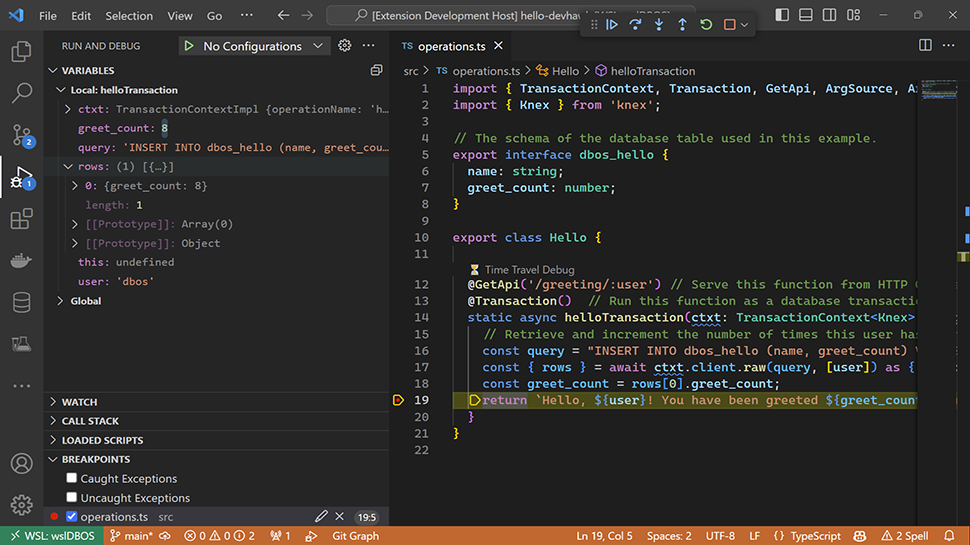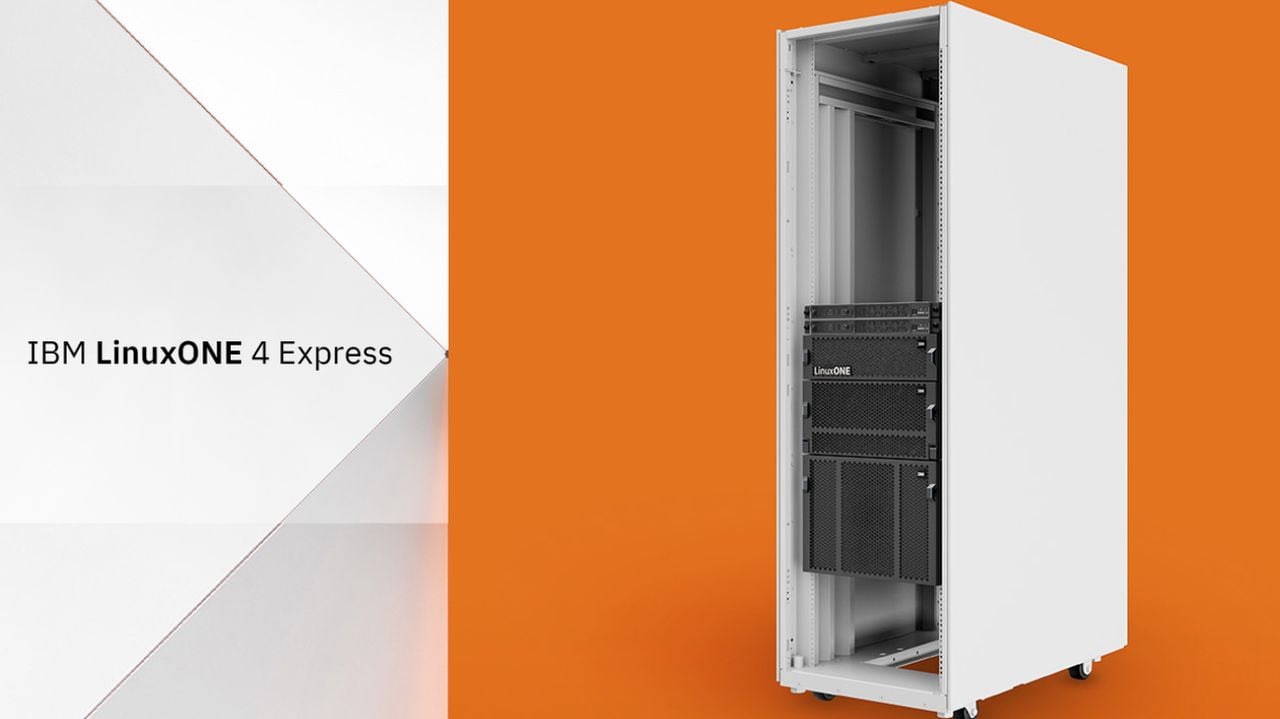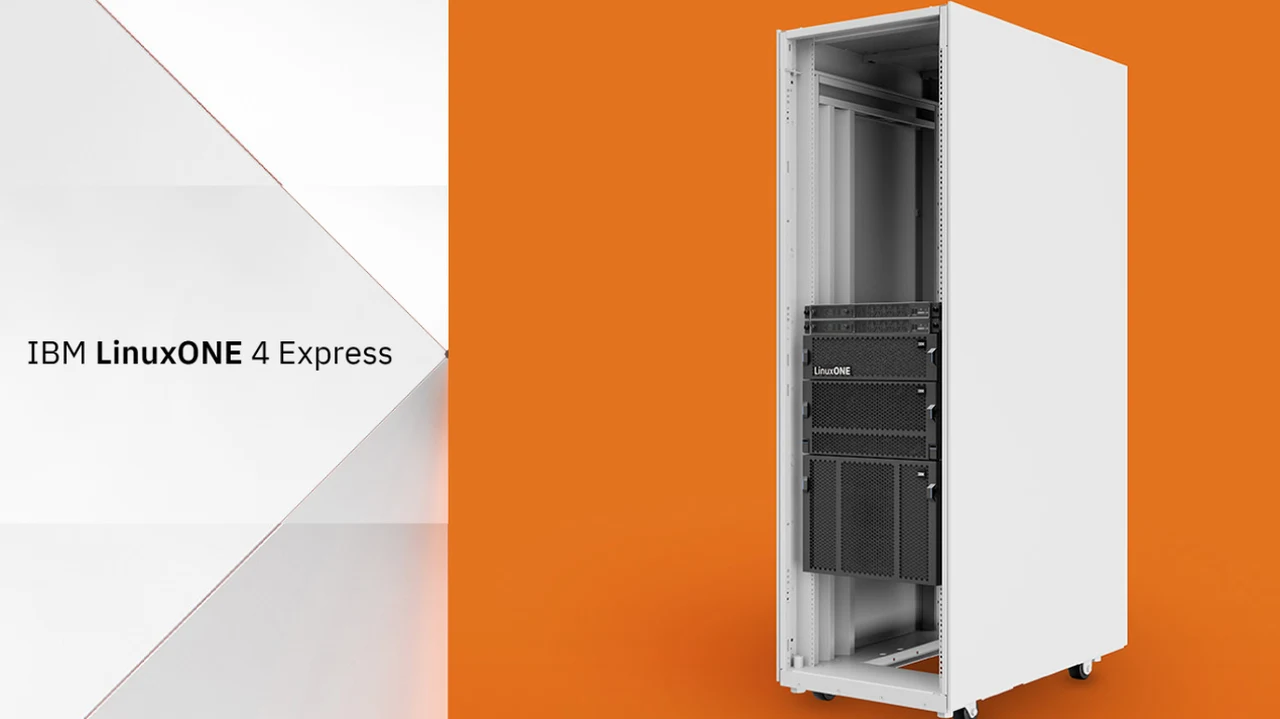[ad_1]

The acceleration of artificial intelligence (AI) adoption has had significant implications for enterprise cloud economics. As businesses invest heavily in AI, they must also focus on managing escalating cloud costs strategically to remain competitive in this transformative era of AI. In this article, we look at the steps business can take to navigate the economic terrain of cloud computing.
Governance and process optimization
In cloud economics, the proliferation of costs poses a significant challenge due to the lack of effective governance. To address this, businesses must take proactive steps in establishing a robust governance framework for their AI services. This involves defining a predetermined set of services tailored to the organization’s specific needs, coupled with the creation of clear service level agreements (SLAs). These SLAs outline performance metrics, availability and support for each service, ensuring transparency and accountability in the utilization of AI resources.
To improve the efficiency of AI workload deployment, organizations can adopt landing zone templates. These templates, configured for various tasks such as custom AI models, NLP, speech, and vision recognition, provide a consistent foundation for resource deployment.
Additionally, integration of automated onboarding and offboarding processes can be implemented to minimize manual intervention and errors. Organizations should also establish a standardized chargeback and pricing mechanism, offering transparent tracking of AI service costs and facilitating informed decisions based on resource consumption patterns. Furthermore, the adoption of a structured invoice reconciliation process ensures financial transparency by promptly monitoring and addressing billing discrepancies.
Head of Cloud Consulting and Engineering Services, EY UK.
Cloud resource tracking and optimization
Deploying AI resources can be straightforward but managing them wisely reduces the total cost of ownership. Enforcing tagging best practices allows businesses to logically group resources for effective tracking, providing visibility into each resource’s purpose and ownership which aids in efficient cost allocation and management.
When developing custom AI models, it’s crucial to right-size resources for optimization. Adjusting CPU or GPU cores, optimizing SKUs, and fine-tuning database, storage, and networking configurations aligns resources with actual requirements, preventing unnecessary expenses.
Training AI models can be resource intensive. Embracing containerization (e.g., Kubernetes) and serverless computing offers flexibility in managing AI workloads efficiently.
For customer AI development, factors like spot/reserve instances, license cost optimization through Bring Your Own License (BYOL), and cloud parking or power scheduling in development and testing environments can lead to significant cost savings. Additionally, optimizing AI services like vision and NLP based on specific requirements, such as face detection, OCR, landmark identification, object detection, speech-to-text, and text-to-speech, should be tailored to usage volume for efficient resource utilization.
Organizations should try to optimize a number of cost management and network monitoring tools which can help to manage cost across multiple cloud platforms.
FinOps tools can provide real-time visibility into spending. This allows organizations to monitor and control costs more efficiently and help teams understand the financial impact of their cloud activities so they can make informed decisions to optimize resource usage.
Continuous monitoring of spending levels is essential to identify potential cost overruns or unexpected expenses. By proactively monitoring and setting alerts, organizations can set thresholds and receive notifications when spending approaches or exceeds predefined limits, enabling them to control costs before they escalate. A cloud cost reporting dashboard provides a centralized view of cost-related metrics and trends. It consolidates data from various cloud services and presents it in a user-friendly interface, and allows stakeholders to analyze spending patterns, identify cost drivers, and make informed decisions regarding resource allocation and optimization.
Another option is modelling different scenarios to assess the potential impact on costs. This analysis can aid in demand forecasting, enabling better preparedness for changing business requirements.
Subscription optimization
This involves managing the number of data analytics and AI landing zones across different environments, including development, testing, route to live (RTL), and live production to ensure resources are provisioned based on actual demand. Organizations should align subscription levels with the specific needs of each environment to achieve cost-efficient resource utilization.
Training the IT workforce
Effective cost management requires collaboration between development and operations teams. Conducting cost management training for these teams builds awareness of cost implications and instils best practices for cost optimization. Creating a cost-conscious IT community fosters a culture of financial responsibility and ensures that cost considerations are integral to decision-making processes.
Cloud service provider contract optimization
As organizations increase consumption of AI services renegotiating enterprise agreements with cloud service providers becomes essential. Changes in consumption patterns may lead to shifts in cost structures and renegotiating contracts allows organizations to align agreements with their evolving needs, potentially securing more favorable terms.
At a time of exponential AI adoption, finding the perfect balance between technological innovation and cost efficiency is no mean feat; however, with the right strategies in place, organizations can successfully navigate the evolving landscape of cloud economics.
We’ve listed the best cloud cost management services.
This article was produced as part of TechRadarPro’s Expert Insights channel where we feature the best and brightest minds in the technology industry today. The views expressed here are those of the author and are not necessarily those of TechRadarPro or Future plc. If you are interested in contributing find out more here: https://www.techradar.com/news/submit-your-story-to-techradar-pro
[ad_2]
Source Article Link




















